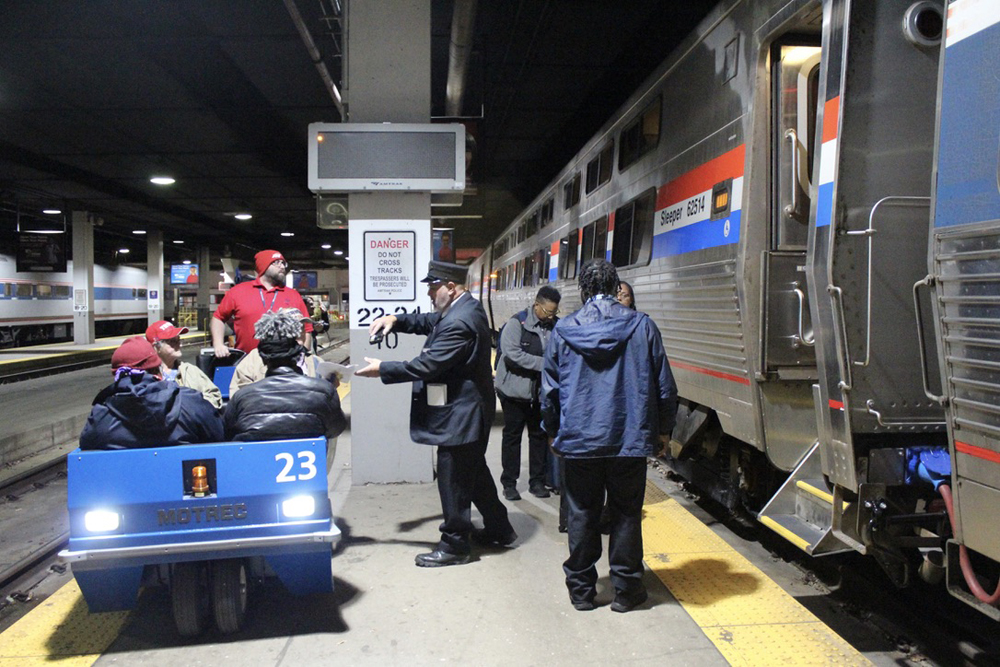
WASHINGTON — Anything can, and generally does, happen to impede trains on Amtrak’s network. On Sunday, Nov. 17, for instance, Norfolk Southern emergency repairs to an elderly drawbridge south of Chicago delayed the Miami-bound Floridian (and two trains headed to Michigan) more than 2 hours, 20 minutes. The setback was typical of timekeeping hiccups the train faced after one full week of revenue operation.
Along with anticipated punctuality challenges, here are a few observations for anyone planning to sample the “temporary” conjoining of the Chicago-Washington, D.C., Capitol Limited and what was the New York-Miami Silver Star.
Expect tardy operation
The worst system delays during the past week befell the eastbound Southwest Chief, Sunset Limited, and Texas Eagle (arrivals on Nov. 17 or 18 were hobbled by more than 8 hours). By comparison, eastbound Floridians into Washington, D.C., going south across the 7 days ranged from on time to 34 minutes behind schedule. The exception: Sunday’s drawbridge mishap resulted in a 1-hour, 42-minute late arrival today (Monday, Nov. 18).
The scheduled 38-minute dwell time on Union Station’s lower-level platforms was routinely exceeded, however, perhaps because onboard service crews continue to change there. The train always lost about an hour south of Jacksonville, Fla., and never arrived into Miami less than an hour late; the worst arrival into the remote Hialeah terminal was 3 hours.
Northbound delays into Washington, D.C. ranged from 19 minutes (Nov. 16) to more than four hours (Nov. 14). The Florida tardiness usually gets compounded by congestion around single-track portions of CSX’s A-line between Selma, N.C., and Petersburg, Va., when the train arrives out of its scheduled slot. Passengers going to Chicago can usually count on a delay reduction of about an hour; arrival today into Chicago was only 3 minutes late. It’s definitely luck of the draw, but it appears passengers needn’t worry about missing transfers to western trains.
Washington connection ‘guarantees’
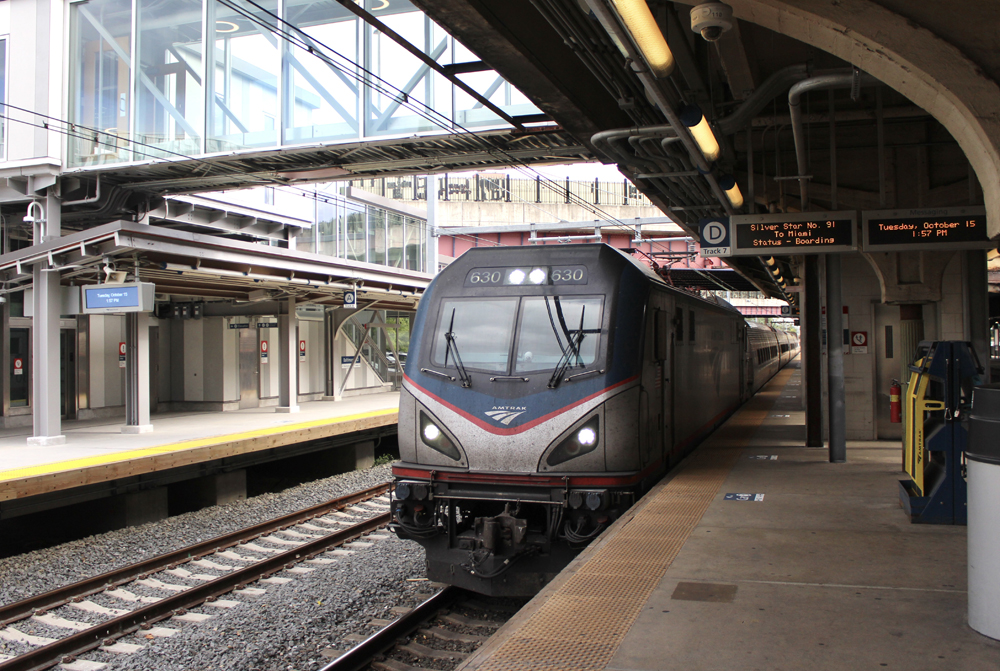
That brings up another issue. For the large number of Northeast patrons who formerly had a one-seat ride to and from the Southeast on the Silver Star, there is no dedicated connection. Instead, ticketed transfers between the Floridian and points north of the Nation’s Capital are strictly “by the book.”
It is understandable that a conservative approach is warranted for the northbound Floridian. The guaranteed choices for a scheduled 3:06 p.m. arrival are a Northeast Regional at 6:10 p.m. all days, and Acelas at 5:30 p.m. Monday through Friday or 5 p.m. Sunday. There are a host of earlier Washington D.C. Regional and Acela northbound departures starting about an hour after the Floridian is scheduled to arrive:
Mon.-Fri.: 3:55 p.m. (Acela), 4:02 p.m., 5:05 p.m.
Saturday: 4:25 p.m., 5:25 p.m.
Sunday: 4:15 p.m.(Acela), 4:25 p.m., 5:20 p.m.
Given the unpredictability of host railroad handling, as demonstrated the first week, the only reasonable northbound approach is to go with the guarantee and see what Northeast connection changes are possible at the Union Station ticket window whenever the Floridian arrives. The 6:10 p.m. train on the weekends comes from Norfolk, Va., so it also stops on the lower-level platforms, but it recently has been late. The other trains originate in Washington, so they likely leave from the stub-end upper level platforms.
Considering Amtrak can better control timekeeping on track it dispatches, connections from the Northeast to the southbound Floridian are unnecessarily long. Rather than attempting to keep layovers as short as possible, “guaranteed” Washington arrivals for the scheduled 1:43 p.m. departure look like this:
Mon.-Fri.: 11:32 a.m. (Northeast Regional and 11:51 a.m. (Acela)
Sat.-Sun.: 12:18 p.m. (Regional) and 11:58 a.m. (Acela
Not allowed are connections from trains that are scheduled to arrive at 12:48 p.m. (Acela) and 12:52 p.m. (Regional) weekdays and 12:41 p.m. (Regional) weekends.
Washington Union Station does have amenities to make the layover palatable, but allowing passengers to book shorter connection times would make the Floridian more attractive, especially for travelers headed to and from destinations not served by the Silver Meteor.
Fare anomalies
In fact, fares Amtrak offers mitigate against Northeast passengers changing to the Floridian if a Meteor destination is an option. Sleeping car capacity constraints and coach pricing for the Chicago service have been previously discussed [see, Floridian debuts with delays; offers major coach travel discounts,” News Wire Nov. 11, 2024]. Changing to the Floridian at Washington is more expensive.
Significantly, $113 Chicago-Miami coach fare and similar bargains from other cities along its route have been maintained into the Thanksgiving holidays. Not surprisingly, the train is sold out on most departures next week. As of today, on days that it wasn’t, demand has pushed Chicago-Washington coach fares as high as $222 and Washington-Miami prices to $377 when buying those segments separately. So price shopping for travel on the Floridian is definitely worthwhile.
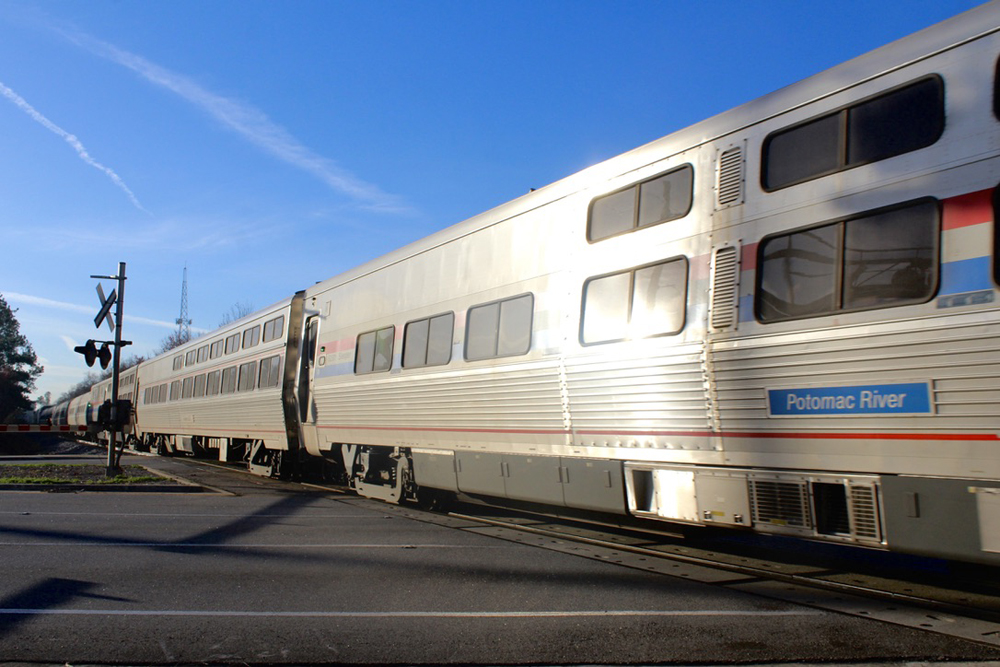








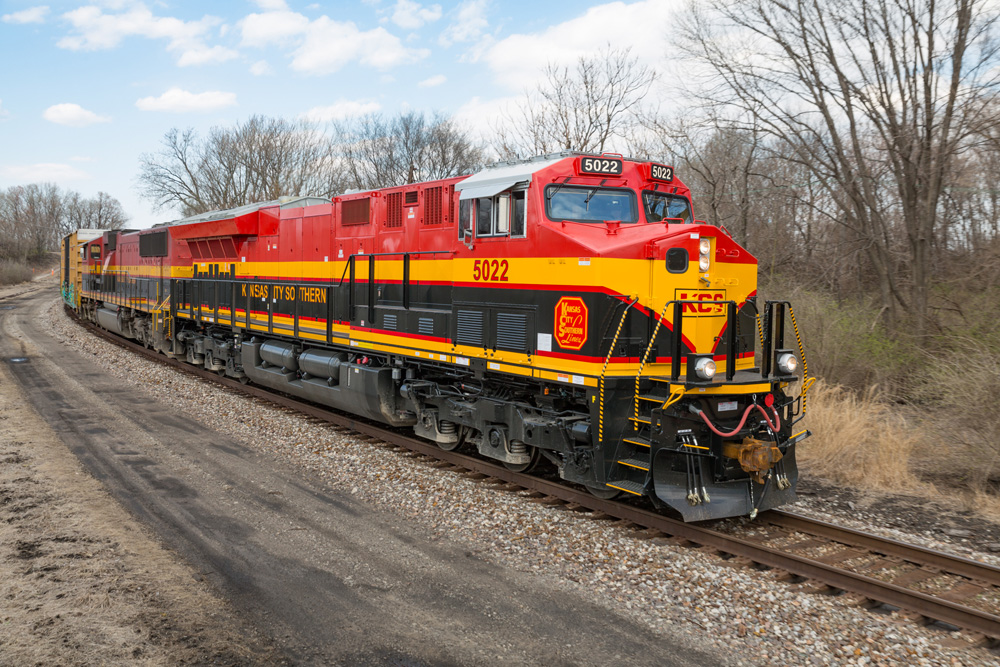
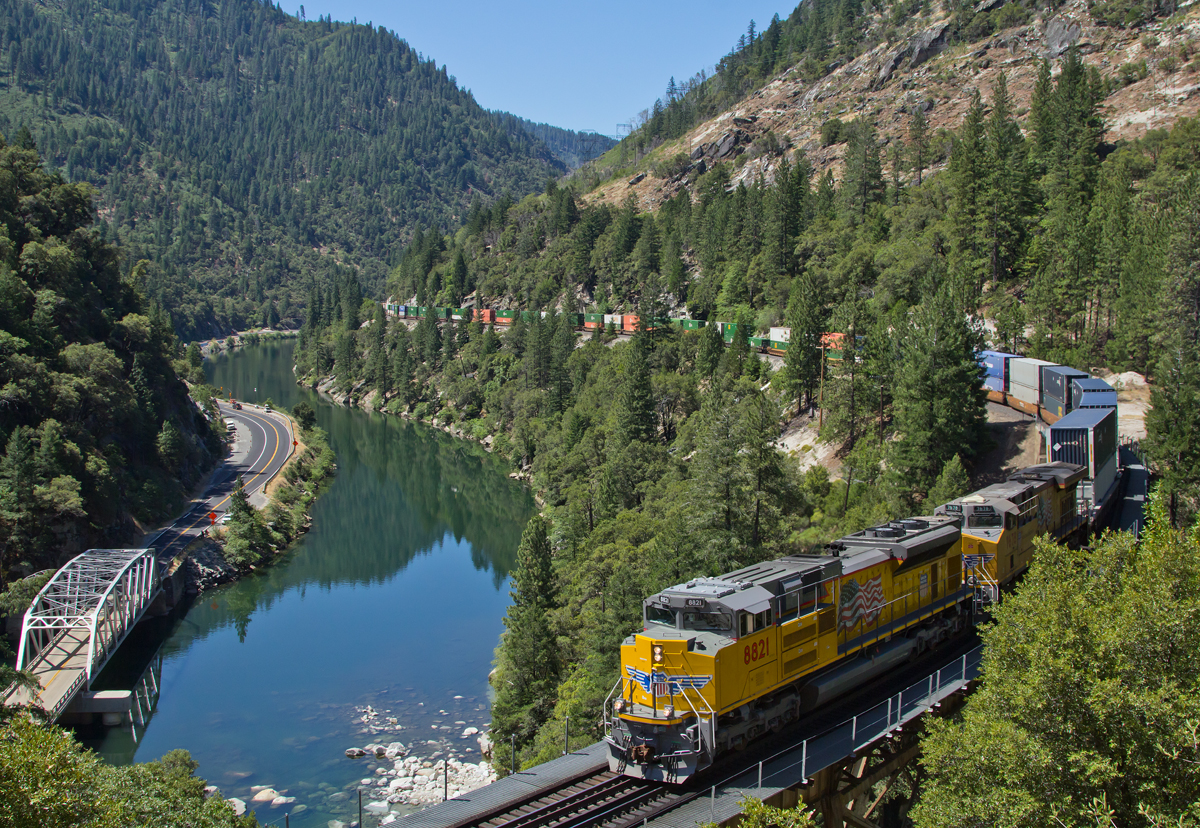
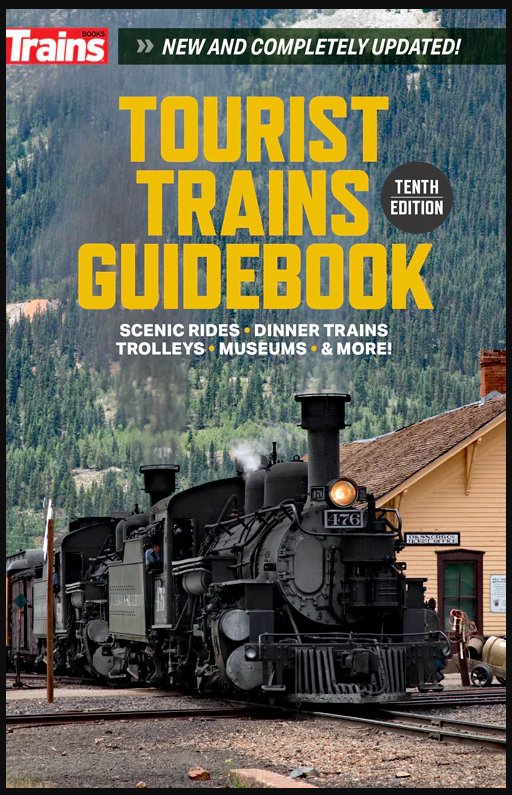
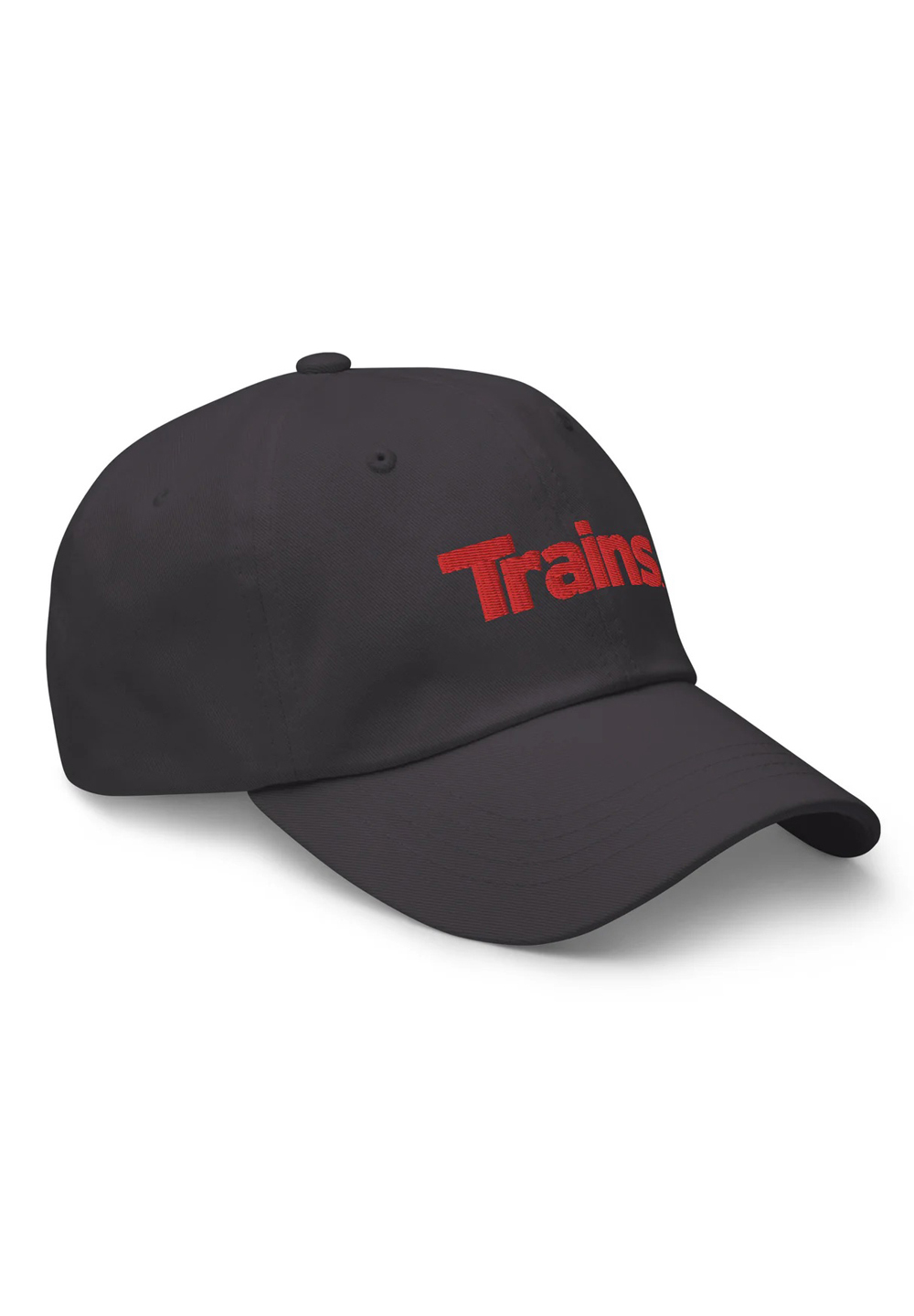

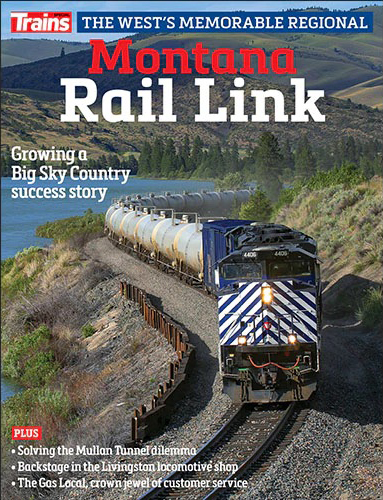
In addition a fare is a fare. The fare from Philadelphia to Chicago ought to be the same via Pittsburgh, New York and Washington. That’s how it used to be. One way to avoid the limitations of the computer is to create a train in Arrow X40 and X41 to sell seats only from New York through Washington as the fare on the Meteor. Amtrak would always have the option of limiting the seats in inventory. Southbound the connection would be off a lighter midday Adela that could have a tighter connection. Red caps could meet that Adela and minimize the connection confusion. Northbound show a one hour connection. Let the ops center monitor the performance of the northbound train and adjust inventories on other trains if the advertised connection is going to be missed. I almost hate to say it but maybe the Floridian should run via Pittsburgh reducing the number of cities which require a connection at Washington.
As the King of Siam said “this is a puzzlement”. The logic of reducing trains through the East River Tunnels and freeing up Superliners does make sense (of course the Empire Service reductions did not because one cab car allowed maintenance of all trains). But how they could schedule the train the way they did it the way they did is Amtrak’s usual mystifying way. Given the on time performance of the trains involved meant they should have put at least one hour layover in Washington.
“Plan for delays” is good advice for travelers on any long distance Amtrak route, to which I might add, prepare for the occasional “Service is suspended with no alternate transportation provided.” And “Plan for delays” means consider how you’ll feed yourself; the dining car only serves the meals appropriate to on-time performance and the cafe car may close for lack of staff and/or supplies.
Yes, I have thought many a time about the defunding of LD trains if they can’t be run correctly. I’m not real impressed with NARP because Amtrak has been run so poorly in recent times without much NARP input. When Amtrak cancels or has “service disruptions” then reveals “no alternate transportation” leaving people stranded is UNACCEPTABLE. I have been caught in this scenario twice this year involving trains 3 & 4. I tell all passengers that they should have a plan B for any LD trip on Amtrak. This usually involves going to the nearest airport and flying to your destination.
It seems like to me that if they are going to continue with this combined train, they may have to consider splitting it in Washington into a New York section and a Chicago section.
Where even to begin? How many people who read these pages each day thought combining these two trains was a good idea? Like, zero. I guess in backhanded, assbackward way, Amtrak’s action is useful, for it forces us to confront the folly that Amtrak LDs have become.
Somewhere in my file draw I have a photo from around 1972 of the WB Champion leaving Boston South Station and approaching Back Bay Station. If memory serves, Amtrak started with three Northeast-to Florida-trains (Champion, Star, Meteor). Now there’s one. During this time, Florida has become America’s third most populous state, and airline routes from everywhere to Florida have exploded. All major airports across America have direct flights to Orlando or Tampa – St. Pete.
Oh and BTW, the CSX A-Line being single track and the S-Line having partially disappeared, how can America run a passenger fleet on such a network? It’s not possible.
I have never advocated abandoning the LDs and shrinking Amtrak to the corridors. It’s going to happen.
Charles, I do believe you might’ve missed the justification for combining these trains. The Hudson Tunnel work limits throughput into Penn, so eliminating several Empire Service trains as well as the second of two New York-Miami trains allowed Amtrak to continue running their money-making NE Regionals into Penn. Additionally, Superliners are in high demand at the moment, so the elimination of Superliners on the East Coast (excepting the Auto Train) has now freed up inventory on the West Coast.
This arrangement is not ideal for Amtrak, but it represents the Corporation attempting to make the best of a situation that is less than ideal. I suspect that the chronic on-time issues will ensure that this train does not remain a permanent fixture of Amtrak’s Long Distance offerings.